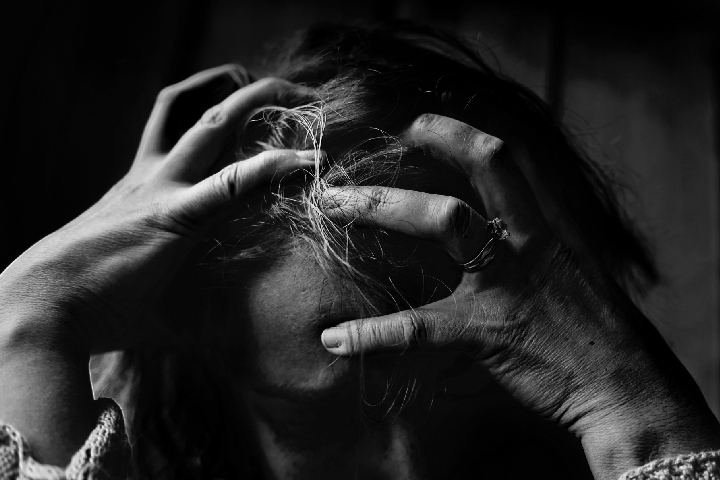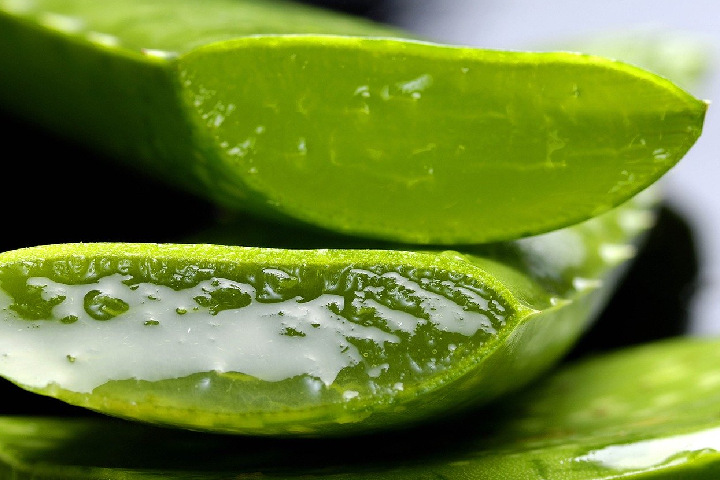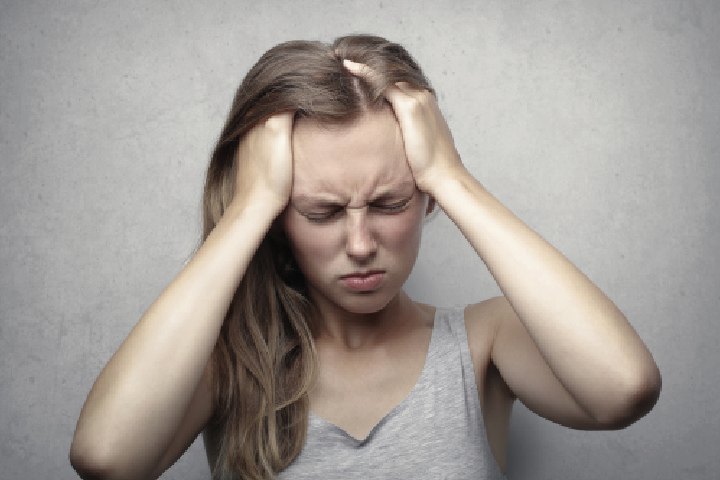Dandruff: 50% of the adult population has had or has this unsightly dermatological problem. Ending it is sometimes a complicated task, so we must use appropriate treatments and be very constant.
Having dandruff on the scalp is a disorder that affects around 50% of the adult population in the world. A problem that is often difficult to eliminate.
Although it is more of an aesthetic problem than a health problem, paying attention to it is essential. If it lasts for a long time, a treatment recommended by the doctor or pharmacist should be followed because if you do not take care, it could go to more.
Table of Contents
1. Why is Dandruff Formed?
Dandruff is also known as Pityriasis and is a common dermatological condition. Most cases of dandruff are due to a fungal infection caused by the fungus ‘Pityrosporum Ovale.’
It can also be due to the excessive desquamation of the cells that make up the scalp caused by the too rapid renewal of the epidermis cells.
Dandruff can be caused by psoriasis, eczema, heavy sweating, excess fat in the hair, and hormonal imbalances, stress, or anxiety.
Also, brushing the hair too roughly, having sensitivity to hair care products (contact dermatitis), or overusing products that damage the pH of the scalp (hairspray, fixing gels, dyes ), can cause this problem.
2. Types and Symptoms
Although it does not affect our health, dandruff can be very annoying since it can generate an intense itch on the scalp. Its small flakes can be visible both on our head and on our shoulders, which significantly affects our image.

It can appear in both women and men and look at any time and in all types of hair, although symptoms can be more intense in the cold and dry seasons.
There are two different types of dandruff:
Dry dandruff: it is the most common. They are fine scales not attached to the scalp that easily fall on the shoulders.
Oily or seborrheic dandruff: yellowish sheets adhered to the scalp, which usually has a reddened appearance. They do not come off quickly.
You may have one or more of the following symptoms:
- The main and most prominent are the flakes of skin on the scalp, hair, eyebrows, beard, or mustache.
- It may appear more or less intense itching on the scalp.
- Also, irritation in the dermis of the scalp, eyebrows, beard, or mustache.
- Scaly scalp, which in babies, is called cradle cap.
3. How to Remove Dandruff
Using dandruff shampoo and treatments for the scalp are the best methods to treat it.
If you have mild dandruff, try to remove it by washing your hair daily to reduce oil and skin cell build-up. It would help if you did it with a mild shampoo that takes care of the scalp and is not aggressive with the pH of the skin.
If this doesn’t work for you or your dandruff problem is very obvious, try a medicated dandruff shampoo.
Wash your hair 2 to 3 times a week with a shampoo that contains fungicidal active ingredients, active ingredients that eliminate dandruff, regulate cell proliferation, and soothe itching. You can combine it with a mild shampoo.
Apply the product with a gentle massage in circular movements and rinse the hair gently. Avoid rinsing your head with boiling water and, if you use a hairdryer, do it with warm air so as not to irritate the scalp.
The consistency with the use of these products is essential because the results may take time to be about a month.
If one type of shampoo works well for a while, and then find it to be less effective, try alternating between two types of dandruff shampoo.
When you have controlled the problem, decrease the frequency of using this shampoo to once a week or every two for maintenance and prevention.
If you have used this type of shampoo regularly for several weeks, and have not solved it, talk to your dermatologist to examine your case. He will prescribe a personalized treatment based on his diagnosis.
4. Aloe Vera, an Effective Natural Remedy
If you prefer to try to eliminate dandruff with a natural product, try Aloe vera. This is one of the home remedies that works best in these cases, thanks to its antibacterial, antifungal, and analgesic properties.

In addition to eliminating the cause of dandruff, it also calms irritation and itching thanks to its soothing, repairing, and moisturizing properties.
To do this, we can directly extract the liquid from the plant, cutting one of its leaves horizontally, emptying it with a spoon, or buying a ready-made Aloe vera gel.
With a gentle massage, rub the gel of the plant all over the scalp and leave it to act for 20 minutes. Then rinse with water and wash hair with a mild shampoo. Repeat this operation every two days.
5. Healthy Habits to Control Dandruff
There are a series of measures you can take to reduce the risk of developing dandruff or to keep it under control:
Manage stress: Periods of healthy nerves can trigger or make your symptoms worse.
Follow a balanced diet: It provides your body with all the essential vitamins and minerals, especially zinc and B vitamins, to prevent dandruff.
Wash your hair frequently: If you have an oily scalp, daily washing with a mild shampoo can prevent dandruff. Gently massage the scalp and rinse with plenty of water so that we have traces of shampoo.
Get the sun: Sunlight can help control dandruff.

